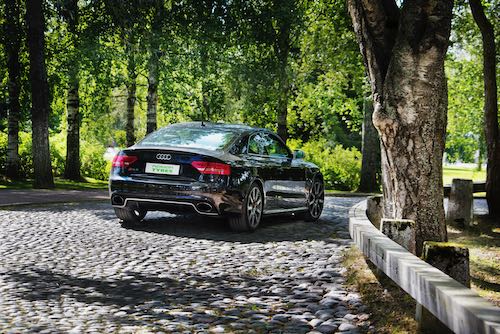Tires are very important for driving safety. Without proper tires mounted on your car, your drive could be very unsafe. The same goes if you are using worn-out tires, as this can be associated with great danger. If you have done your homework and made sure that you have invested in high-quality premium tires, then you just need to maintain them properly. It is important that you monitor the tire and check when they are getting close to the point when it is time to change them.
You might have two sets of tires, a set of all-season tires, and a set of winter tires, so that you are anyways changing tires two times per year, so it might feel natural to buy new tires at this point of time and then do the change when you next time need to mount your all-season tires. This means that you don’t have any all-season tires waiting to be mounted as the snow melts next year, and you have to then start looking for new tires. When changing from winter to all-season tires, you tend to have a quite narrow window to do the change, especially if you have studded tires. With this already narrow window and a lot of cars needing to change tires and some of the others will also want to buy new tires, it can be a stressful venture to wait. It is better to add a new set of tires during the summer, when there is less rush at the tire service station to get new tires or for them to do the change.
It is better to make sure that you are safe while driving the last months of the summer season with a new good set of tires that are better at protecting you from hydroplaning during the rainy autumn than driving on borderline worn-out tires, which should be changed. The risk for hydroplaning can be directly correlated to the depth of the grooves, where your risk will be much higher when you have low tread depth. Also, the braking distance will be prolonged both on dry and wet roads. The autumn can often be rain-filled, so you have to make sure that you have good tires so that you can safely drive on the wet roads. So, make sure that you check the tread depth of your tires so that you know when it is time to change them for a new set of tires. You should try to change to a new set of tires when you reach 5/32 inches of remaining tread depth and rotate the tires when you have a difference in wear between the front and the rear tires of more than 5/64 inches. You need to rotate more frequently if you have an electric car than you would with a passenger car. You therefore also have to measure the tread depth more often on these vehicles.
For new all-season tires, visit: https://www.nokiantires.com/
